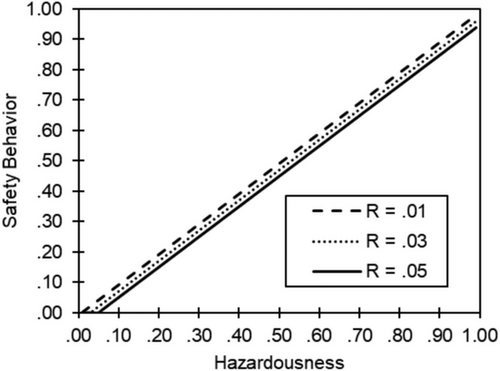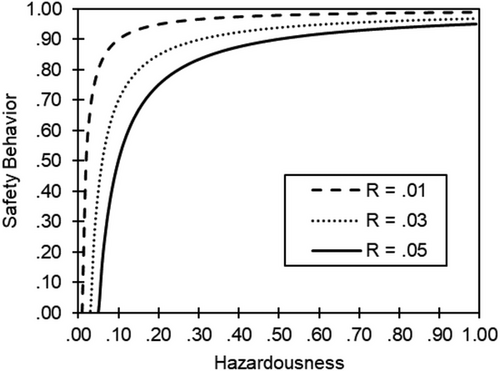Research paper suggests greater risk mitigation needed in these environments

Workers in moderately hazardous environments may be more prone to underestimating the level of safe behaviors required to prevent accidents, according to researchers at the University of Waterloo.
Associate professor of psychology James Beck led a team of researchers who conducted four separate studies and published their findings in the journal of Personnel Psychology.
The paper delves into the dynamics of safety behaviors and their correlation with the level of workplace hazards. This research sheds light on the underappreciated risks faced by employees in environments that fall into the "moderate" category in terms of safety hazards.
"Our logic was that people want to maintain that level of what they consider an acceptable chance of an accident,” explains Beck. “As their environment changes, they will adjust their behavior with the odds of an accident being a function of how hazardous the environment is and how much they offset those hazards with their behavior."
Misalignment of safety behaviors
The crux of the research lies in the observation that individuals often fail to adequately adjust their safety behaviors when faced with moderately hazardous conditions. This misalignment is particularly concerning, as it leads to a higher incidence of accidents in environments that are perceived as moderately hazardous.
The graph below indicates what the researchers observed in the studies.

Beck says, "it's not a failure to recognize the hazard or a lack of knowledge about what to do. The problem is that people don't seem to understand the relationship between a small increase in hazardousness and the need for a large increase in safety behavior."
Beck suggests that instead, workers should be significantly increasing their safety behaviours in a way that overestimates the risks. Instead of looking like the above graph, safety behaviours in relation to hazardousness should look like the graph below to keep accidents at a low and constant level.

Study methodology
The study involved a multi-faceted approach, incorporating four separate studies. The first two analyses focused on historical workplace injury data, affirming that moderately hazardous conditions were associated with a higher number of incidents.
Subsequently, two experiments were conducted, where participants engaged in work simulations, fully aware of the level of danger present and the necessary safety precautions. Findings from these experiments revealed that, even with knowledge of the hazards, participants exhibited only a "moderate degree" of safe behaviors under moderately dangerous conditions.
Implications for workplace safety
The implications of this research extend to workplace safety professionals, who play a pivotal role in ensuring employee well-being. Beck recommends safety leaders emphasize the need for workers to significantly increase their safety behaviors when faced with even slight increases in workplace hazard levels.
"It's an issue of training and making this concept known to workers,” says Beck. “We need to provide them with the guidance to make effective decisions that may initially feel like overreacting but are actually necessary to maintain safety."
This research underscores the importance of robust safety training and education, ensuring that employees understand the necessity of sharp increases in safety behaviors when confronted with even minor increases in workplace hazards.





